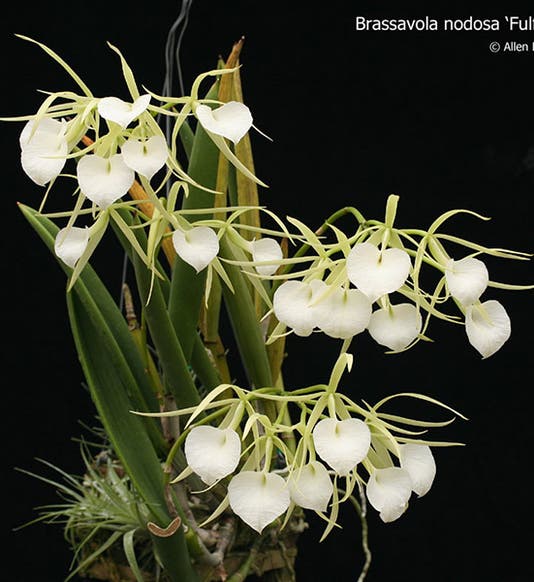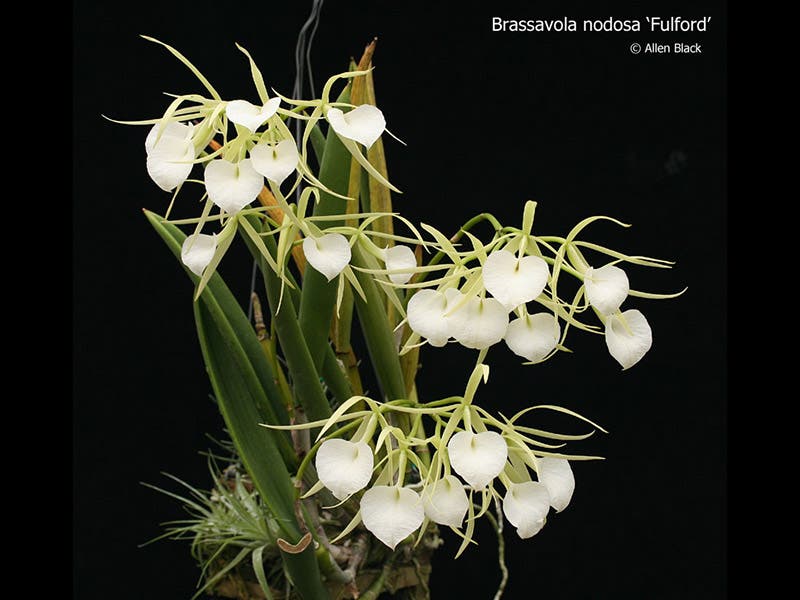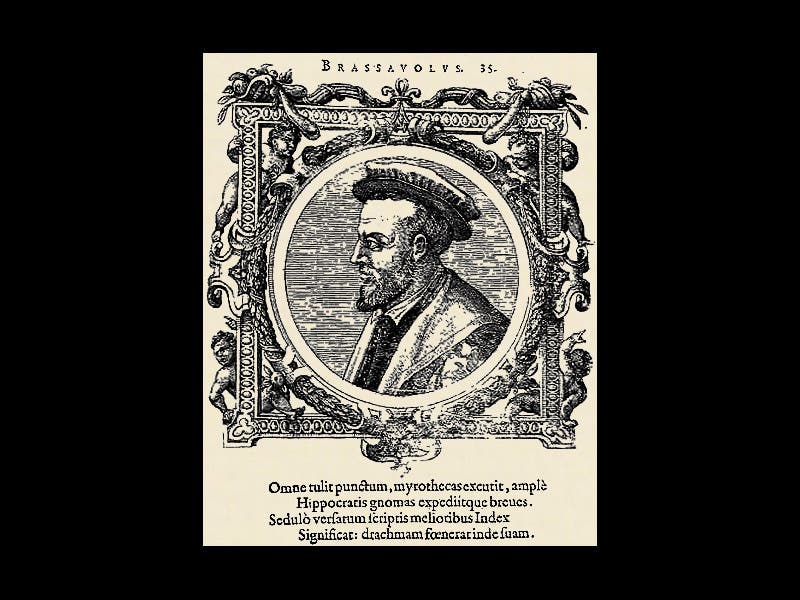Scientist of the Day - Antonio Musa Brasavola
Antonio Musa Brasavola, an Italian physician, was born Jan. 16, 1500. Brasavola was a respected medical man in his day, serving as physician to two kings of France, the Holy Roman Emperor, and three popes, and historians of medicine note that he was the first to perform a tracheotomy, sometime before 1546. But we call attention today to a book he published ten years earlier, when he was not long out of Ferrara’s medical school. The book was titled Examen omnium simplicium medicamentorum, an Examination of Simples (1536). In the Renaissance, a simple was a medicine prepared from a plant. The great authority on simples was the ancient Greek physician Dioscorides, whose book, De materia medica, was the botanical bible of every Renaissance physician and pharmacist, with its discussions of hundreds of plants and their pharmaceutical uses. The problem was, it was difficult to match up the plants described by Dioscorides with the plants one might find out in the Italian countryside.
Over the course of several centuries, Renaissance pharmacists had come to identify most of the plants in Dioscorides with local plants, so when Dioscorides called for Rhaponticum for a certain illness, the pharmacist had a plant with that name for the physician to prescribe. What Brasavola showed in his Examen was that hardly any of the pharmacist's plants really matched Dioscorides’ descriptions. And the reason is because pharmacy had become a book tradition, and no one really went on field trips and looked at living plants for themselves. Brasavola was one of the very first to do so. His book is a dialogue between himself and Senex, an old apothecary, and through their discussions, Brasavola makes the point that the only proper way to study simples is in the field. This was the beginning of a great transformation in both botany and medicine, as physicians began to turn from books to Nature as the source of their knowledge. We do not have Brasavola's Examen in the History of Science collection, probably because, from the title, it sounds like a medical book, and we do not collect in the field of medicine. But in fact it is a treatise on botany, and a revolutionary one, and we should probably acquire it someday, as a worthy bookend to that other great revolutionary botanical treatise that we do have, the Herbarium of Otto Brunfels (1530-32), where the physician author was still a bookman like Senex, but the artist has turned to Nature as the source for the images.
There are several surviving portraits of Brasavola, none of them very illuminating, but we show you one from a 16th-century portrait book that is not in our collection (second image). More handsome is Brasavola’s eponym, a genus of orchids that was named after him (using the alternative spelling Brassavola) by the great 19th-century botanist, Robert Brown. This particular species (first image) is especially charming, but as it is a native of Mexico, it was probably not known to either Brasavola or Brown.
Dr. William B. Ashworth, Jr., Consultant for the History of Science, Linda Hall Library and Associate Professor, Department of History, University of Missouri-Kansas City. Comments or corrections are welcome; please direct to ashworthw@umkc.edu.






![Using an astrolabe to measure the depth of a well, woodcut in Elucidatio fabricae vsusq[ue] astrolabii, by Johannes Stöffler, 1513 (Linda Hall Library)](https://preview-assets-us-01.kc-usercontent.com:443/9dd25524-761a-000d-d79f-86a5086d4774/a998eb50-55d2-4a88-ace2-a50aa5fa86e7/Stoffler%201.jpg?w=210&h=210&auto=format&fit=crop)

